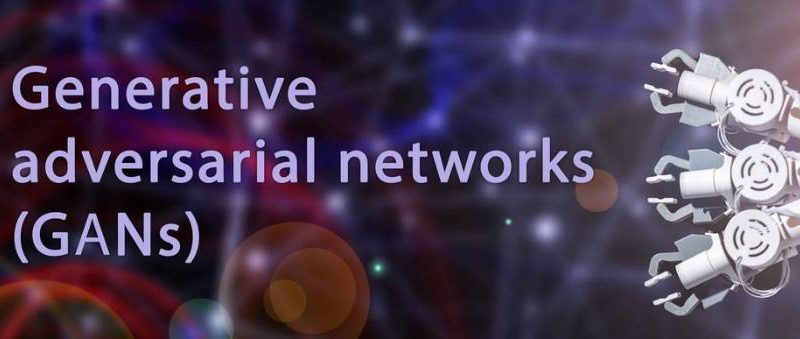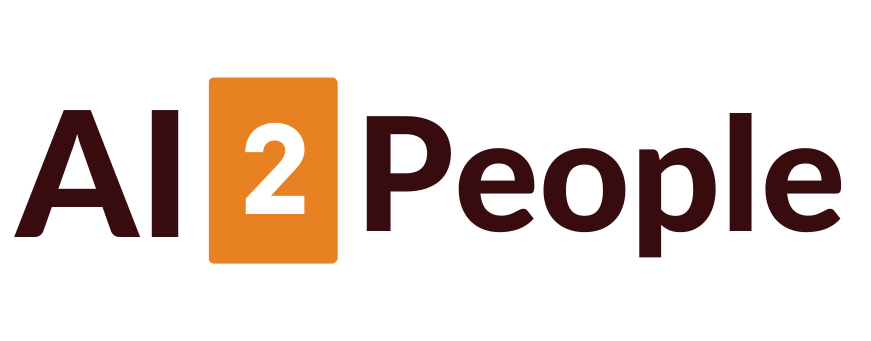
Generative Adversarial Networks (GANs) Explained
Generative Adversarial Networks, commonly known as GANs, have revolutionized the field of artificial intelligence since their introduction by Ian Goodfellow and his colleagues in 2014.
These networks have demonstrated remarkable capabilities in generating high-quality, realistic images, videos, and other types of data. GANs are composed of two neural networks, a generator and a discriminator, that are trained simultaneously through a process of adversarial training.
While GANs have a broad range of applications, from creating art to improving medical imaging, their use in generating AI-generated pornography has garnered significant attention due to ethical, legal, and social implications.
Understanding GANs: The Fundamentals
At the core of a GAN are two competing neural networks: the generator and the discriminator. The generator creates fake data that mimics real data, while the discriminator evaluates the authenticity of the data, distinguishing between real and generated (fake) data. The generator aims to produce data that is so realistic that the discriminator cannot tell it apart from real data. This adversarial process continues until the generator produces highly realistic outputs.
- The Generator: This neural network takes random noise as input and generates data that attempts to mimic the real data distribution. Its goal is to fool the discriminator into classifying its output as real.
- The Discriminator: This neural network evaluates the authenticity of the data. It receives both real data and data generated by the generator, and its objective is to correctly identify which data is real and which is generated.
The training process involves a min-max game where the generator improves its ability to create realistic data, and the discriminator enhances its ability to distinguish between real and fake data. The equilibrium is reached when the discriminator can no longer effectively distinguish between the two, indicating that the generator’s output is highly realistic.
Applications of GANs
GANs have diverse applications across multiple domains:
- Image Generation and Enhancement: GANs are used to generate high-quality images, enhance image resolution, and restore old or damaged photos.
- Video Generation: They can create realistic video sequences, including deepfakes, which are videos where the appearance of a person is swapped with someone else’s.
- Art and Design: GANs can produce unique artworks, design clothing, and generate new product prototypes.
- Medical Imaging: They assist in generating synthetic medical images for research and improving the quality of imaging for diagnostics.
- Text-to-Image Synthesis: GANs can generate images based on textual descriptions, aiding in creative and industrial design processes.
GANs in AI Porn Generators
The application of GANs in generating AI pornography has sparked significant debate. AI porn generators use GANs to create realistic pornographic content, often without the consent of the individuals depicted. This capability raises various ethical, legal, and social concerns.
How AI Porn Generators Work
AI porn generators operate similarly to other GAN-based systems but are specifically trained on pornographic datasets. Here’s a breakdown of the process:
- Data Collection: A large dataset of pornographic images and videos is compiled. This dataset serves as the training ground for the GAN.
- Training the GAN: The generator network learns to produce pornographic content that mimics the real data in the dataset, while the discriminator network learns to differentiate between real and generated content.
- Content Generation: Once trained, the generator can create new, realistic pornographic images and videos. Advanced techniques may also allow for the customization of content, such as specifying the appearance or actions of the generated individuals.
Ethical and Legal Issues
The creation and dissemination of AI-generated pornography raise significant ethical and legal challenges:
- Consent and Privacy: Often, AI-generated pornographic content is produced without the consent of the individuals depicted. This lack of consent violates privacy rights and can cause significant emotional and reputational harm to the individuals involved.
- Deepfake Pornography: GANs can be used to create deepfake pornography, where the faces of individuals (often celebrities or personal acquaintances) are superimposed onto pornographic videos. This practice is a form of sexual harassment and can lead to legal consequences.
- Intellectual Property: The use of copyrighted material in the training datasets can infringe on intellectual property rights. The ownership of the generated content also becomes a complex issue.
- Regulation and Enforcement: Current legal frameworks are often ill-equipped to address the rapid advancements in AI-generated content. New regulations are needed to protect individuals and ensure ethical use of GANs.
Social Implications
The proliferation of AI-generated pornography has broader social implications:
- Objectification and Exploitation: AI porn generators can perpetuate the objectification and exploitation of individuals, particularly women. They contribute to a culture that normalizes and trivializes non-consensual pornography.
- Misinformation and Trust: The ability to create highly realistic fake content can erode trust in visual media. People may become skeptical of the authenticity of images and videos, leading to a broader crisis of trust in digital information.
- Psychological Impact: Victims of non-consensual AI-generated pornography can experience severe psychological distress, including anxiety, depression, and a sense of violation.
Future Directions and Solutions
Addressing the challenges posed by AI porn generators requires a multifaceted approach:
- Technological Solutions: Developing technologies to detect and prevent the distribution of AI-generated pornography is crucial. For instance, using blockchain for verifying the authenticity of media content or enhancing AI algorithms to identify deepfakes can help mitigate the spread of non-consensual content.
- Legal Frameworks: Governments and international bodies need to establish clear legal frameworks that address the creation, distribution, and possession of AI-generated pornography. This includes defining consent and implementing penalties for violations.
- Public Awareness and Education: Raising awareness about the ethical implications of AI-generated pornography and educating the public about the potential harms can foster a more informed and vigilant society.
- Ethical Guidelines: The AI research community should develop and adhere to ethical guidelines that discourage the development and use of GANs for creating non-consensual pornographic content.
Conclusion
Generative Adversarial Networks represent a significant advancement in artificial intelligence, with the potential to transform various fields positively. However, their application in generating AI pornography underscores the urgent need for ethical considerations, legal frameworks, and technological solutions to prevent misuse.
As society navigates the complexities of this technology, balancing innovation with responsibility will be crucial to ensure that the benefits of GANs are realized without compromising individual rights and societal norms.
For further reading on the ethical implications of AI and GANs, you may refer to IEEE’s Ethical Considerations in Artificial Intelligence and Autonomous Systems and ACM’s Code of Ethics and Professional Conduct. Additionally, for a deeper understanding of GANs, Ian Goodfellow’s original paper on GANs can be accessed here.























